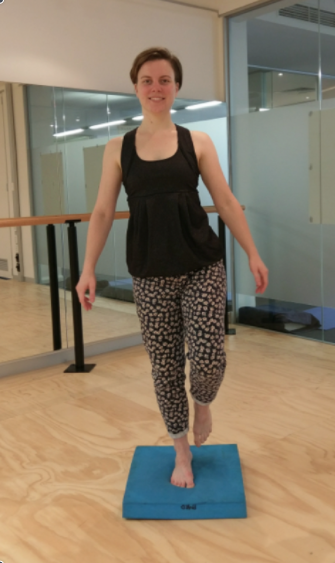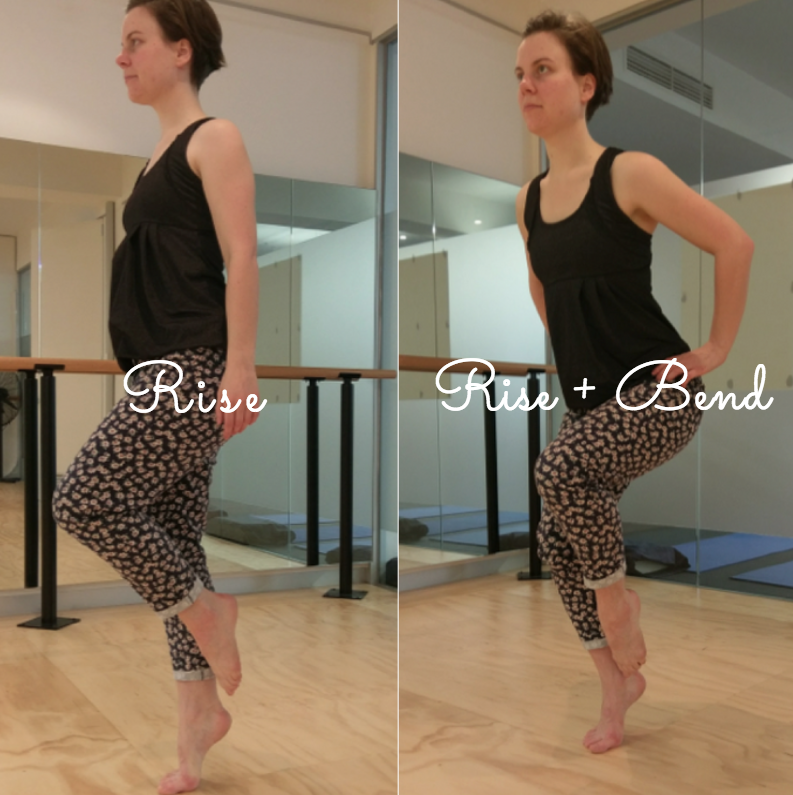Suite 3, Ground Floor, The Gateway,
312 St Kilda Road, Southbank, VIC, 3006
Balance Blog – Part 1

Balance Blog – Part One
Where to start with your balance?
We all know balance is an important task. It’s often something we practice naturally when we are little – walking along low fences, and substitute balance beams. But as we get older we tend to forget that it is a skill we can practice, and improve!
Let’s start with the basics, you may be surprised at how challenging some of these simple things can be!
Balancing on one leg
This one should be pretty easy. The average Australian can stand on one leg for 34 seconds. Can you beat that?
Let’s make things a little more challenging now.
Let’s start by standing on something soft – a foam square, a pillow, a folded up blanket.

Ok, let try harder again, go half way up in a rise and stop – try balancing here.
This becomes a strength and a balance exercise – two birds with one stone!
Let’s keep adding challenges: now bend your knee

From these basic components, try mixing them up to alter the challenge – can you do them all together: on foam, on a half rise with a bent knee?
How Does Balance Work?
Let’s understand what we’re actually working on here. Most people would know and use the old trick of staring at a spot to help you keep your balance. But did you know this is the slowest of our balance systems?
We have three systems that combine to help us balance:
Proprioception
The Vestibular System
The Visual System
Proprioception is unconscious, and uses information from your muscles and joints to tell the body where it is in space.
The Vestibular system keeps track of where your head is, and helps keep you upright – it does this by using information from your inner ear to keep your eyes or your head steady.
Our visual system is usually the last system to be used, and our body uses it to have a visual reference of where up or the horizon is.
Proprioception is the fastest, and will be used to give us about 70% of our balance information on a flat surface.
However, stand on a soft or unstable surface, and this switches to be 60% reliance on the vestibular system.
Our body then has to be clever, and use this information in conjunction with its muscles to either stay still or co-ordinate movement.
This is why it’s so important to train your balance in lots of different ways in lots of different environments.
Standing still is different from running or squatting or the complex tasks we ask it to do in a dance class. But without it, we would have a hard time keeping ourselves coming to rest inadvertently on the ground without much prior notice.
References:

